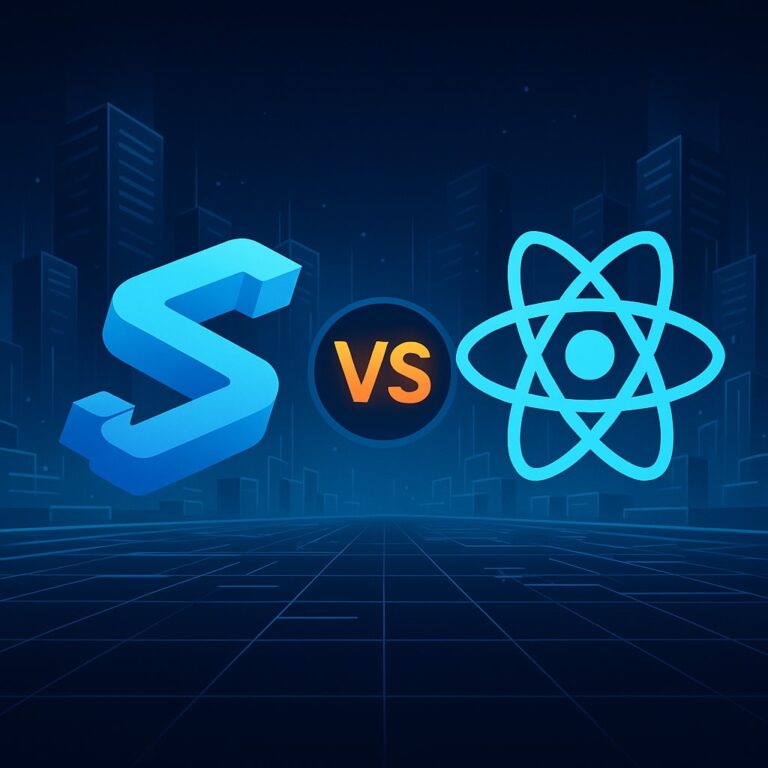ReactJS, a front-end JavaScript library, has continuously evolved to simplify state management and component communication. One powerful tool in its arsenal is the Context API, offering an elegant solution for managing state across the component tree without the hassle of prop drilling. In this article, we’ll explore the Context API, unravel its benefits, and guide you through its implementation with practical examples.
What is ReactJS Context API?
ReactJS Context API is a mechanism for efficiently sharing state and data between components in a React application. It eliminates the need for passing props through intermediary components, providing a cleaner and more maintainable solution for handling shared state.
Benefits of Using Context API:
1. Global State Management:
Context API facilitates the creation of a global state that can be accessed by any component in the tree, eliminating the need to pass down props through multiple layers.
2. Simplified Prop Passing:
With Context API, components can consume values directly from the context, streamlining prop passing and enhancing code readability.
3. Reduced Component Coupling:
By using context, components become less coupled as they don’t need to be aware of the parent-child relationship, promoting better code organization.
4. Easier State Updates:
Updating the context triggers a re-render in all components that subscribe to it, making state management more straightforward and reducing the complexity of state lifting.
How to Use ReactJS Context API:
1. Creating a Context:
// context.js
import { createContext } from 'react';
const MyContext = createContext();
export default MyContext;
2. Providing the Context at a Higher Level:
// App.js
import React from 'react';
import MyContext from './context';
const App = () => {
const sharedState = {
user: 'John Doe',
theme: 'light',
};
return (
<MyContext.Provider value={sharedState}>
{/* Your components go here */}
</MyContext.Provider>
);
};
export default App;
3. Consuming the Context in a Component:
// ChildComponent.js
import React, { useContext } from 'react';
import MyContext from './context';
const ChildComponent = () => {
const { user, theme } = useContext(MyContext);
return (
<div>
<p>User: {user}</p>
<p>Theme: {theme}</p>
</div>
);
};
export default ChildComponent;
Conclusion:
ReactJS Context API is a powerful tool for managing state and data flow in a React application. Its ability to simplify prop passing, reduce component coupling, and enable global state management makes it a valuable asset for building scalable and maintainable applications. By incorporating the Context API into your React projects, you can enhance code organization, improve readability, and streamline state management across your component tree.











